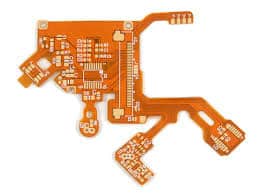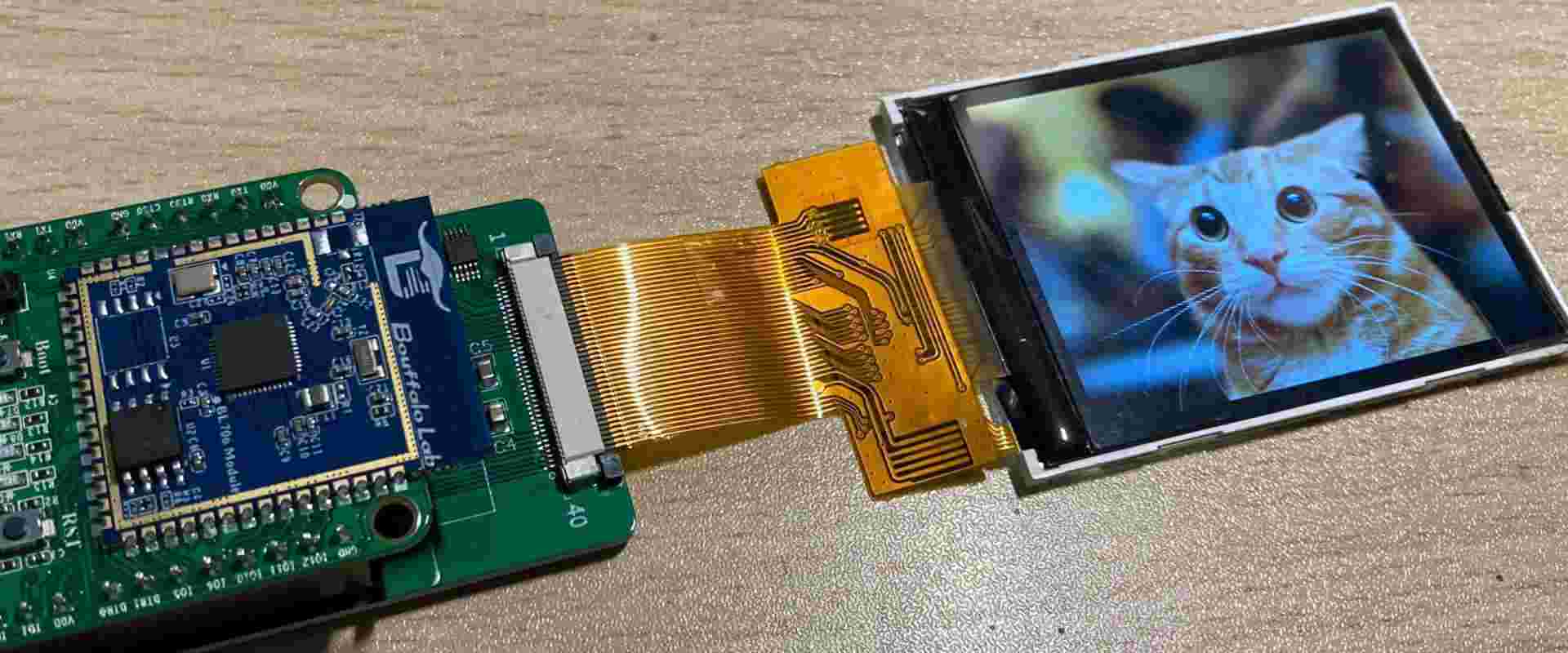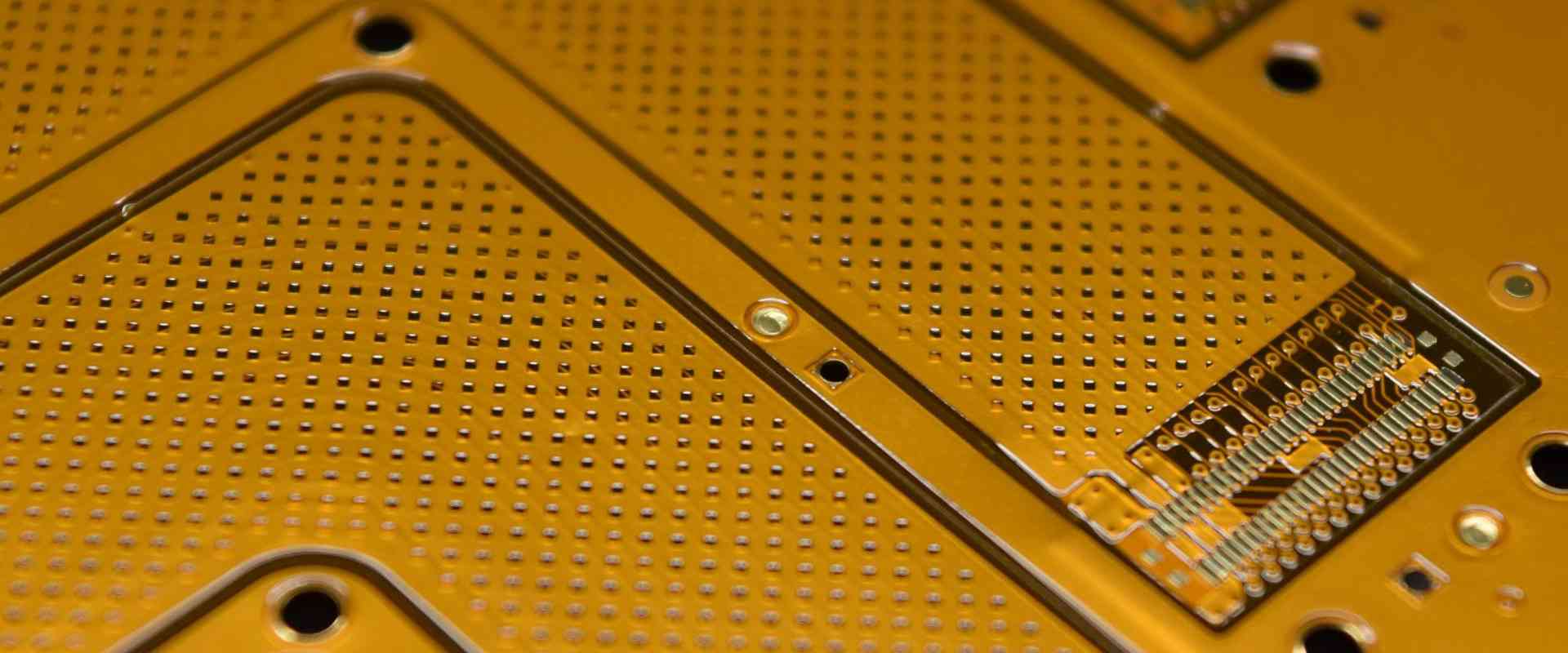
ALL ABOUT FLEX PCB
-
 Read more: The Essentials of Multilayer Flexible Printed Circuit Boards
Read more: The Essentials of Multilayer Flexible Printed Circuit BoardsIntroduction Flexible printed circuit boards (FPCBs) are ubiquitous in modern electronics. As devices continue to get smaller and more portable, flexible circuits enable efficient and reliable interconnections while allowing for mechanical flexibility and dynamic configurations. One area of innovation in FPCB technology is the development of multilayer flexible boards. Adding […]
-
Wurth Flex PCBs: A Detailed Overview for 2023
Posted by
–
 Read more: Wurth Flex PCBs: A Detailed Overview for 2023
Read more: Wurth Flex PCBs: A Detailed Overview for 2023Introduction Printed circuit boards (PCBs) are essential components in nearly all modern electronics. PCBs provide the physical structure and electrical connections between various components like integrated circuits, resistors, capacitors, etc. Flex PCBs, also known as flex circuits, offer advantages over traditional rigid PCBs in many applications due to their flexibility […]
-
Flexible PCB Materials: A Detailed Overview
Posted by
–
 Read more: Flexible PCB Materials: A Detailed Overview
Read more: Flexible PCB Materials: A Detailed OverviewIntroduction Flexible printed circuit boards (PCBs) are essential components in modern electronic devices where flexibility, space savings, and weight reduction are required. As flexible PCBs become more popular, the choice of flexible substrate materials is also expanding to meet various application requirements. This article provides a detailed overview of the […]
-
 Read more: Using Altium Flex Stiffeners for Rigid-Flex PCB Designs
Read more: Using Altium Flex Stiffeners for Rigid-Flex PCB DesignsRigid-flex printed circuit boards (PCBs) combine rigid and flexible substrates to allow connections between multiple rigid sections of a circuit while still allowing flexible movement. The flexible sections, called “flex” for short, enable new possibilities for 3D circuit routing and more compact product designs. However, the abrupt transition between rigid […]
-
 Read more: FPC PCB Design for Flexible Printed Circuit Boards
Read more: FPC PCB Design for Flexible Printed Circuit BoardsIntroduction Flexible printed circuit boards (FPCs) play an integral role in modern electronics by enabling connection between components in tight spaces. FPCs are made from flexible insulating material with conductive traces etched or printed on them. Unlike rigid PCBs, FPCs can bend and twist to accommodate three-dimensional configurations. FPCs provide […]
-
 Read more: The Advantages and Applications of Rigid Flex Rigid PCBs
Read more: The Advantages and Applications of Rigid Flex Rigid PCBsIntroduction A rigid flex rigid printed circuit board (PCB) is a type of circuit board that combines rigid and flexible circuit boards into a single structure. As the name suggests, rigid flex rigid PCBs provide the benefits of both rigid boards and flexible circuits. They allow complex interconnections between components […]
-
Optimal Copper Thickness for Flexible PCBs
Posted by
–
 Read more: Optimal Copper Thickness for Flexible PCBs
Read more: Optimal Copper Thickness for Flexible PCBsIntroduction Flexible printed circuit boards (flex PCBs) are a critical component in many modern electronic devices. As devices get smaller and more portable, flex PCBs allow circuitry to bend and flex with the device. A key consideration when designing a flex PCB is the thickness of the copper traces. Selecting […]
-
 Read more: Designing for Reliability: The Benefits of All-Flex PCBs
Read more: Designing for Reliability: The Benefits of All-Flex PCBsIntroduction Printed circuit boards (PCBs) are an essential component in most modern electronic devices and equipment. They provide the mechanical support and electrical connections between electronic components. While rigid PCBs are still commonly used, flexible PCBs (flex PCBs) offer many advantages in certain applications and continue to grow in popularity. […]
-
Kapton Flex PCBs: The Ultimate Guide
Posted by
–
 Read more: Kapton Flex PCBs: The Ultimate Guide
Read more: Kapton Flex PCBs: The Ultimate GuideWhat are Kapton Flex PCBs? Kapton flex PCBs, also known as flexible printed circuit boards (FPCBs), are made from a polyimide film called Kapton. Kapton has excellent electrical insulation properties while also being thin, lightweight and flexible. These properties make Kapton ideal for building circuit boards that need to bend […]
-
Optimizing Flex PCB Via Designs for Reliability
Posted by
–
 Read more: Optimizing Flex PCB Via Designs for Reliability
Read more: Optimizing Flex PCB Via Designs for ReliabilityIntroduction Flexible printed circuit boards (flex PCBs) play an important role in modern electronics by enabling connections between components in tight spaces. Flex PCBs utilize conductive traces on a flexible substrate that can bend and twist. Vias are plated through holes that allow signals to travel between layers of a […]




